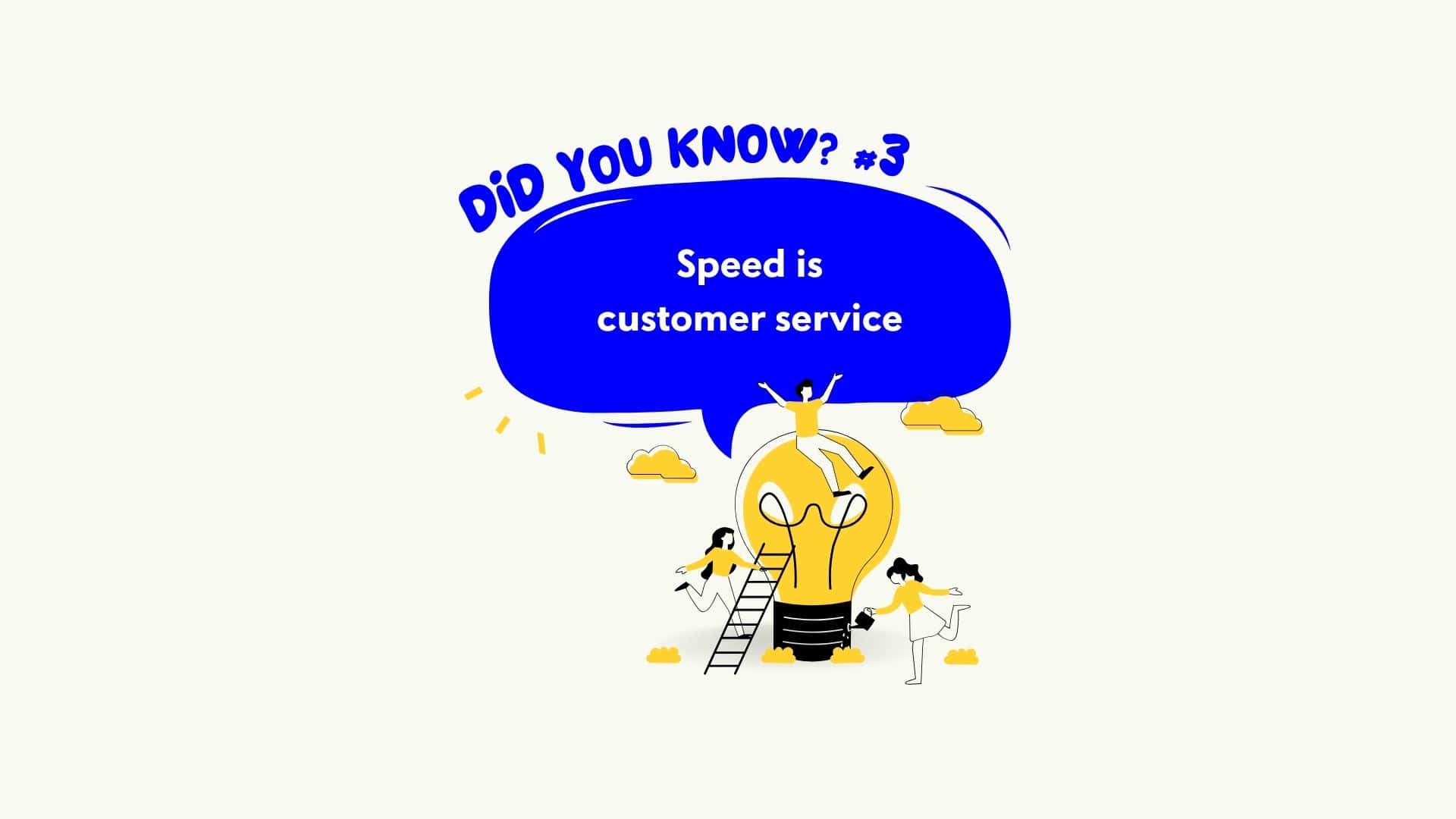Google flicked the switch on a new spam update on 26 August. It’s global, covers all languages, and the rollout takes a few weeks. If your charts look choppy, you’re not imagining it. Breathe. Then act.
Fast facts
- Start date: 26 August 2025 at 09:00 PDT.
- Scope: global, all languages.
- Rollout: expected to take a few weeks and still marked active as of 09 September 2025.
- What Google says: this is an improvement to automated systems that fight spam, separate from manual actions.
- Context: first announced spam update in about eight months.
What this means in human terms
If you’ve leaned on thin programmatic pages, scraped content, unmoderated UGC or manipulative links, this update turns up the heat. If you play it straight, treat it as a resilience test. Either way, the right response isn’t panic. It’s discipline. Early chatter shows impact appearing within 24–48 hours for some sites, which is normal during rollout.
The 15-minute health check
Set a timer. Here’s how to spot real impact fast.
Search Console triage
- Performance report – compare 26 August onwards with the prior 2 weeks by query and page.
- Manual actions and Security issues – confirm they’re clear.
- Annotate 26 August in your reporting so you can attribute swings to the update.
Analytics sanity check
- Segment by landing page group: templates, programmatic, UGC, affiliate.
- Split by device. Spam-prone areas often skew to mobile.
- Look for step changes, not normal noise.
SERP spot-checks
- Search a handful of money queries from a clean browser.
- Check whether your page is replaced by a clearly more helpful alternative or a cleaner template.
- Compare brand vs non-brand trends. Brand usually holds; non-brand is where spam classifiers bite.
Red flags to note
- Sudden declines on thin programmatic pages or doorway-style hubs.
- Unmoderated UGC sections leaking spam.
- Link patterns that look paid or irrelevant.
What to do next: 7, 30 and 90 days
Next 7 days – Stabilise
- Freeze risky releases. Log every change.
- Shut spam doors. Add rel=”ugc” or rel=”nofollow” to questionable links. Lock comments if moderation is weak.
- Index hygiene. Deindex thin facets and placeholder pages.
- If hacked or injected: clean, secure, then request reprocessing.
- Don’t rush disavow. Google’s own guidance says most sites don’t need the tool. Consider disavow only if you have, or are likely to receive, a manual action after removal attempts.
Next 30 days – Clean up
- Audit programmatic and affiliate pages. If a page doesn’t add unique value, merge it or remove it.
- Upgrade weak templates. Add first-hand detail, clear purpose, useful media and evidence.
- Link profile review. Remove what you can, document outreach, and only then consider disavow under manual-action risk. Industry guidance aligns with this conservative approach.
- UGC moderation. Tighten rules. Add rate limits and spam filters.
Next 90 days – Future-proof
- Strengthen trust signals on money pages. Clear ownership, bylines, contact details.
- Consolidate near-duplicates. One strong page beats five thin ones.
- Publish with consistency. Topic depth over volume.
- Create an “update playbook.” Standardise how you log changes, annotate data, and review SERPs weekly during rollouts.
- Earned links over placements. Build assets people actually cite.
- Perspective check. Spam updates enforce existing policies. Build for people and you sleep well.
Final word
I get it. Seeing a red line fall is gutting. But this is where calm execution wins. Ship fixes this week, not next quarter. If you want a second set of eyes, book a quick impact audit and we’ll triage your top revenue pages first.
FAQs
Is this a core update?
No. Spam updates target enforcement via automated systems. Core updates evaluate content more broadly.
How long until things settle?
Google says a few weeks. Track weekly and avoid drastic changes mid-rollout.
Should I disavow right now?
Usually no. Only consider it with a manual action risk and after removal efforts.




